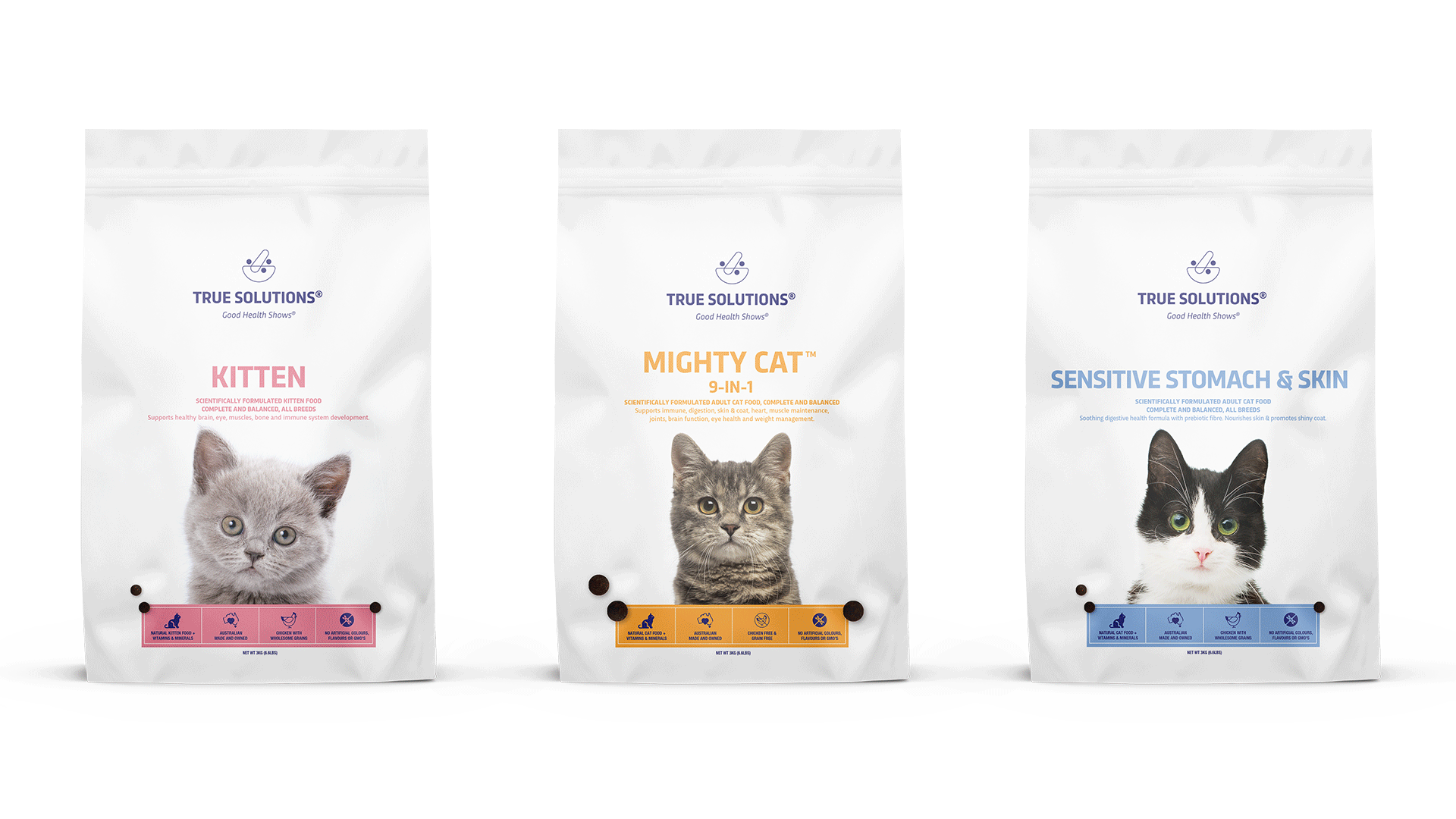Building a Strong Brand Identity for FMCG Success
In a competitive marketplace, brand identity is essential for FMCG products to stand out. Consumers don’t just buy products; they buy into brands that resonate with their needs and values. A strong brand identity fosters recognition, trust, and customer loyalty, ensuring that products maintain a strong presence on shelves and in consumers’ minds.
This blog explores the significance of brand identity in FMCG, the key components that shape it, and actionable steps to create a lasting impression in a fast-paced industry.
Why Brand Identity Matters for FMCG Products?
Fast-moving consumer goods (FMCG) include everyday essentials like snacks, beverages, toiletries, and household products. These products have short sales cycles, low prices, and high competition. With so many options available, customers don’t just buy products; they buy brands. A strong brand identity helps FMCG companies stand out, build loyalty, and drive sales.
What is Brand Identity?
Brand identity is the visual and emotional representation of a brand. It includes elements like:
Logo – The face of the brand.
Color scheme – Colors evoke emotions and influence purchase decisions.
Typography – The style of fonts used in packaging and advertising.
Packaging design – The first thing consumers notice on the shelf.
Brand voice and messaging – The tone and language used in marketing.
Brand values and positioning – What the brand stands for and how it differentiates from competitors.
A clear, consistent brand identity creates recognition and trust, making it easier for consumers to choose your product over others.
How to Build a Strong Brand Identity for FMCG Products
1. Know Your Target Audience
Understanding your customers is the foundation of a strong brand. Ask yourself:
Who buys your product?
What problems does your product solve?
What emotions do you want your brand to evoke?
For example, an organic snack brand may target health-conscious millennials who prefer natural ingredients and sustainable packaging.
2. Create a Memorable Logo and Packaging
Packaging is often the deciding factor in FMCG purchases. A well-designed package should:
Reflect your brand’s personality.
Be easy to recognize from a distance.
Communicate key information quickly.
Use sustainable materials (if targeting eco-conscious consumers).
Think of Coca-Cola’s red and white logo or Pringles’ distinctive cylindrical packaging—both instantly recognizable.
3. Use Colors and Typography Wisely
Colors and fonts influence how customers perceive your brand.
Red – Energy, excitement (Coca-Cola, Kellogg’s)
Blue – Trust, reliability (Nestlé, Nivea)
Green – Health, nature (Whole Foods, Tropicana)
Black – Premium, luxury (Lindt, Nespresso)
Typography should align with your brand’s personality—bold and playful for a fun brand, clean and modern for a professional one.
4. Develop a Unique Brand Voice
Your brand’s voice should reflect its personality and values. Is your brand fun and playful, or serious and trustworthy? Consistent messaging across ads, social media, and packaging strengthens brand identity.
Examples:
Oreo – Fun and playful (“Twist, Lick, Dunk”)
Dove – Soft and empowering (Real Beauty campaign)
Innocent Drinks – Quirky and humorous (casual, chatty packaging)
5. Leverage Storytelling
People love stories. A compelling brand story makes your brand more relatable and memorable. Share the inspiration behind your product, your commitment to sustainability, or how your brand improves lives.
Example: Ben & Jerry’s tells stories about fair trade sourcing and social justice, making their ice cream about more than just taste.
6. Be Consistent Across All Touchpoints
Brand consistency builds recognition and trust. Ensure that:
Your logo, colors, and typography are the same across packaging, ads, and digital platforms.
Your messaging remains uniform.
Your customer experience aligns with your brand promise.
A mismatch—like a luxury tea brand using cheap-looking packaging—can confuse consumers and weaken brand perception.
7. Adapt to Trends Without Losing Identity
FMCG brands must evolve with consumer trends, but they should stay true to their core identity. Examples include:
Coca-Cola introducing new flavors but keeping its iconic branding.
Nestlé launching plant-based products while maintaining its trusted image.
Pepsi updating its logo over the years but keeping its blue theme.
8. Leverage Digital Marketing and Social Media
A strong online presence strengthens brand identity. Use:
Social media to engage with customers (memes, polls, behind-the-scenes content).
Influencer marketing to build trust (partner with relevant influencers).
SEO and content marketing to increase brand visibility.
User-generated content (UGC) to showcase real customers using your product.
Example: Glossier, a beauty brand, built its identity through Instagram and customer-driven content.
9. Build Brand Trust Through Transparency
Modern consumers value honesty. Clearly communicate:
Ingredients and sourcing
Sustainability initiatives
Pricing and promotions
Brands like Patagonia and The Honest Company thrive on transparency, earning loyal customers who appreciate ethical business practices.
Case Studies: FMCG Brands with Strong Identities
1. Coca-Cola – Timeless Consistency
Iconic red and white branding.
Strong emotional marketing (happiness, sharing moments).
Limited-edition packaging keeps interest high.
2. Lush – Ethical and Sustainable
Handmade, eco-friendly image.
No excessive packaging; minimalist branding.
Strong stance on animal cruelty and fair trade.
3. Red Bull – Extreme and Energetic
Bold blue and silver packaging.
High-energy branding tied to extreme sports.
Consistently adventurous brand voice.
Conclusion
FMCG brands don’t just sell products; they sell experiences and emotions. A strong brand identity makes products recognizable, trustworthy, and desirable. By knowing your audience, creating consistent branding, and telling a compelling story, you can build a brand that stands out and keeps customers coming back for more.
In the crowded FMCG space, your brand identity isn’t just a design choice—it’s your biggest competitive advantage.



